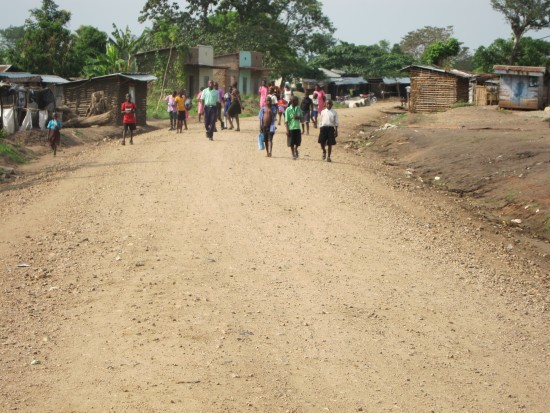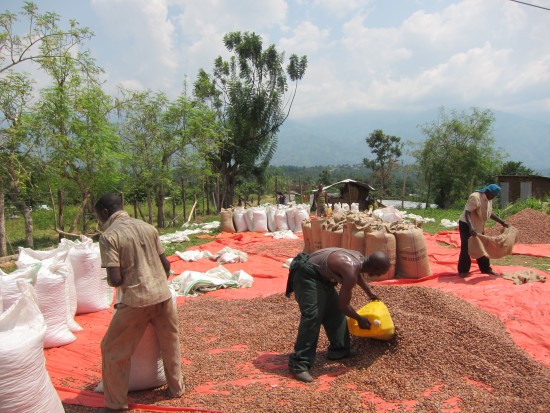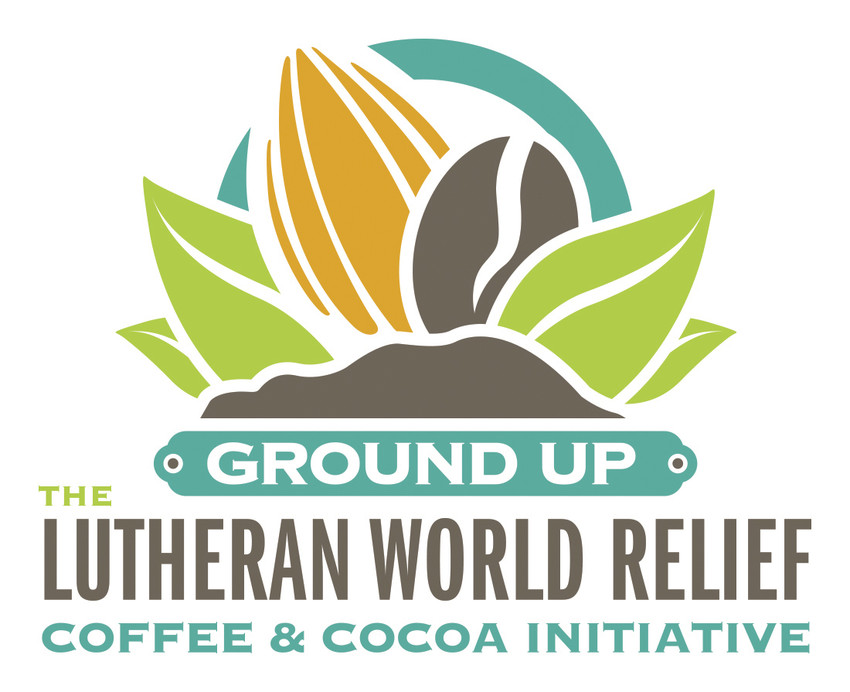I recently visited Western Uganda, as part of the process of designing a project to help farmers improve their production of cacao, as well as family food security. (Wondering the difference between “cacao” and “cocoa”? This article explains it well.)
We often get to hear about how our work – and your support – makes a phenomenal impact on those living in poverty around the world. I thought this brief glimpse into my visit will paint a picture of what we see as we begin to work with communities.
The Thin Months
From my experience working with coffee farmers, particularly in Central America, there is a phenomenon in farming communities which I’ve heard called the “thin months.” This is a period of about two to three months after the harvest has ended and cash from the previous harvest has run out. In this time, families don’t have enough to feed themselves adequately. My LWR colleagues in Africa tell me this is also sometimes called “the lean season.” Both names give you an idea of how challenging access to food can be during this time.

Like small-scale coffee farmers, cacao farmers in this region of Uganda have devoted virtually all of their land to the production of cacao, with the intention of using their earnings from this cash crop to purchase food and other necessities. As we walked through parts of the community I did not see one vegetable garden of any size, planted to provide families with food at least during these months.
The theory has been that if cacao farmers can increase their yields enough, they will have enough income to comfortably purchase their food, pay school fees, etc., and will have a better quality of life. There is no doubt that growing more cash crops will help farmers earn a better income , however coffee and cacao are commodities, with global market prices set thousands of miles away from the farmers and their parcels. The farmers are “on the tip of the dog’s tail.” They have no control over pricing, and in years of moderate and low market prices, they are very vulnerable to periods of extreme food insecurity.
Why Growing More Isn't Enough
In many ways, food security tracks market prices, at least in theory if not in practice. The higher the market price of cacao, the more farmers stand to earn from their crops and the more food secure families may be. The lower market price, the less they earn and the more vulnerable they may find themselves. This is all too common in coffee, and it was distressing, though not surprising, to find this true with cacao farmers as well.

Many projects in Uganda, implemented by a range of development organizations or the government, focus on increased productivity and link those increases to reduced poverty. And that approach works for a short period of time – about a year or two. However, after the funding stops, and the program comes to an end and – God forbid – the market price drops, farmers may find themselves struggling once again, holding their children home from school to save on school fees so that they can buy food, among other coping tactics.
A sole focus on increasing productivity is a short-term solution. No doubt it may seem appealing, but to make a sustainable impact, we have to do more.
Diversify Crops, Increase Food Security
In my work in coffee, the only real success stories that I have seen over years, have been those that combine maximizing coffee production with income diversification on the farm – growing food that can be both consumed by the family (lowering food costs by growing it vs. buying it), and sold in the local market as another source of income.
This provides families with a good safety net should the global market price of their primary commodity be low, and nutritious food all year, regardless of the market. In coffee, even in the best of market conditions, small-scale farmers rarely earn enough to advance out of poverty when projects are geared solely toward increasing production. During market downturns, they often cannot afford needed inputs, such as fertilizer and quality seeds, and their productivity regresses as they choose to feed their families before “feeding” their coffee.

While I was concerned with what I saw in Uganda, I am also hopeful. LWR is designing a balanced project that takes a “whole farm” approach to increasing productivity not only of cash crops, but also alternative crops that can be consumed by families and sold locally. This approach has the potential to make a real and lasting difference for farming families, improving their lives and futures and building resilience to face the future.
Lutheran World Relief is working with coffee and cocoa farmers around the world to increase production and income and reduce poverty. Learn more about our Ground Up Coffee & Cocoa Initiative.


